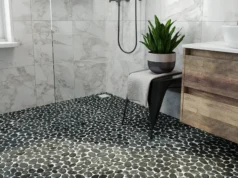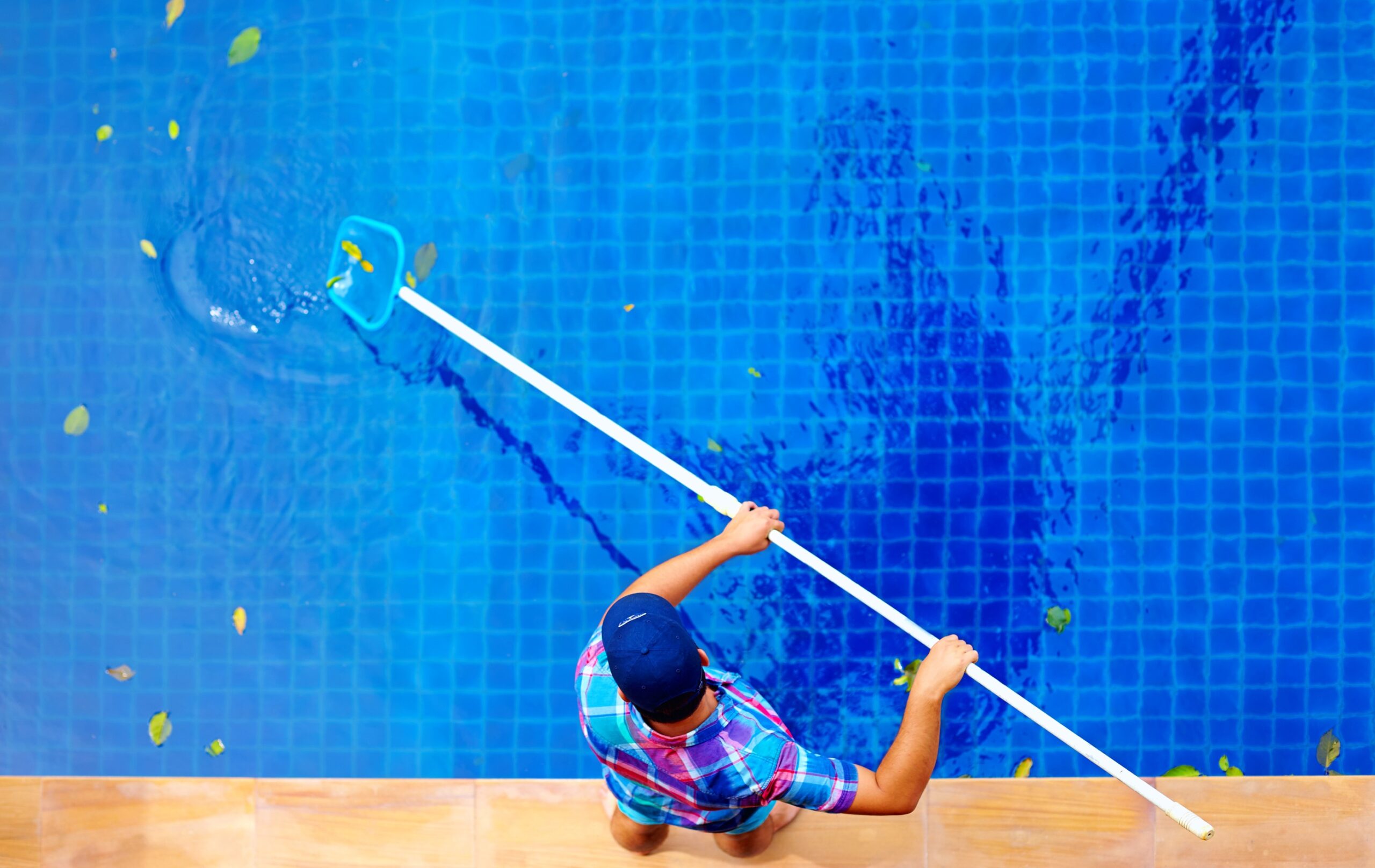
Nothing is as frustrating as having a dirty pool during summer. After all, you will have nowhere to cool off, relax and enjoy a good time with family and friends.
Keeping your pool in a pristine condition is essential – it prolongs the structure’s lifetime and keeps swimmers healthy.
Here are some useful tips on how to prepare a pool for summer.
Clean The Area Around The Pool
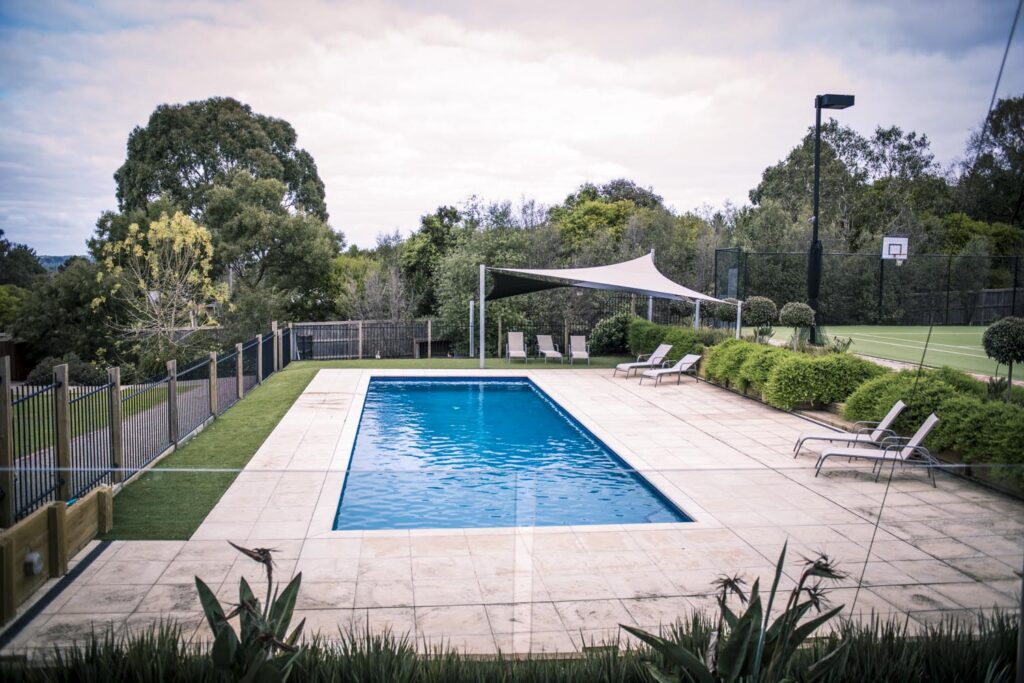
Many first-time pool owners underestimate the importance of cleaning the yard around the pool. Many even forget about it, do the detailed cleaning of the pool itself, and end up having to do it all over because the wind imports all the leaves and other winter leftovers to the water.
It’s an important step in preparing the water for the season, therefore make sure you’ve raked all the leaves and branches after the winter season. Depending on where the pool is located, if it has stone tiles around it or not, make sure you give the surface a good cleanup, using the pool cleaning season as an opportunity for it. When you’re sure the area around is clean, move on to the next task.
Don’t Empty the Pool Right Away
Some say it is unwise to drain your pool, even if you live in a cold region. Pointing out the only exceptions are when you want to do structural repairs, and too much debris has accumulated at its base.
It is true that emptying your pool can cause significant problems. For instance, if your area has a high water table, it can ‘uproot’ the pool because there’s no water to hold down the structure. This could force you to build a new pool. However, it can and even should be done, when the time is right.
How can you know the time is right? Just when the winter is about to end, the ice (if there was snow) slowly melted and the temperature outside is approximately 10 degrees of Celsius. This is the right time to drain the water and go inside the pool to give it a detailed cleaning. Cleaning should be done with normal dirt removing assets, followed by the liquids for preventing fungus from breeding and calc from accumulating.
Clean it Up
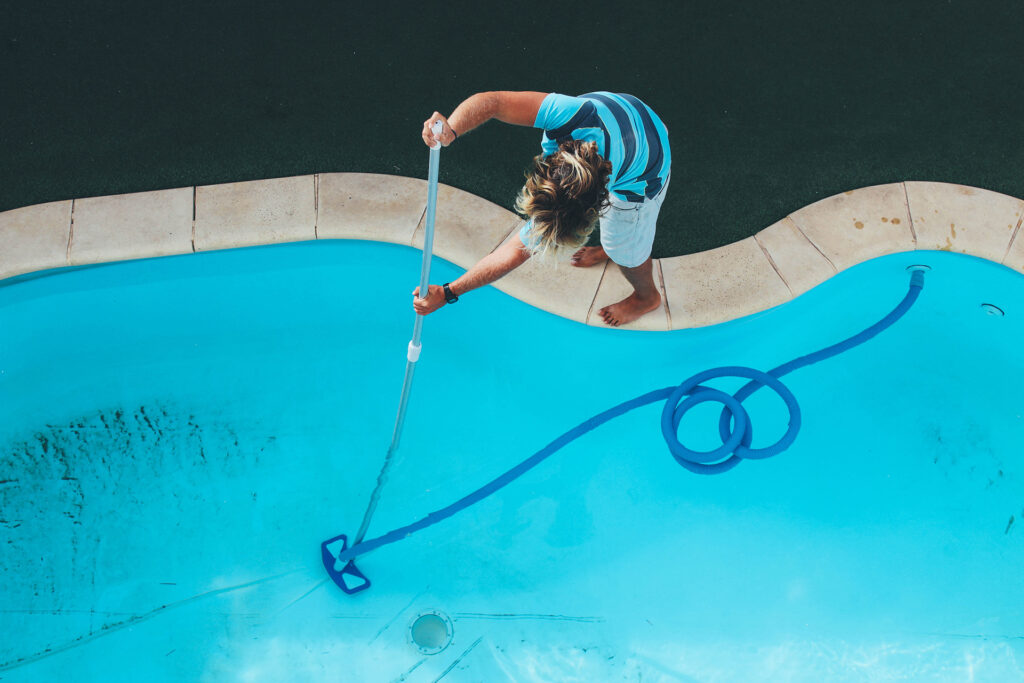
Before you start scrubbing the walls, remove the filter and pump and clean them separately. Once the filter is clean, plug it in and run the water until it becomes clear. This process can take between 10 and 12 hours.
If the water levels have fallen off, ensure that you top it off after cleaning. If you have drained it completely, follow the next step.
Make Sure The Equipment Is In Order
As the water is not yet in the pool, take the advantage of going over all the draining pipes to see if they are in good working order, to avoid something break in the first couple of days of the season. Then go over the pool lighting, check the condition of plastic holders around the lights, change if something needs to be changed.
Filters are the most important thing to check. They simply have to be in good working order and have to have the appropriate amount of quartz sand inside. If there isn’t enough, make sure you refill.
Other equipment requires your attention too. Sometimes the paint on the ladder is damaged, therefore can scratch the skin from the feet. If you’re using this kind of ladders, fix the paint before filling the pool with water. If you’re tired of painting all the time, change them with inox.
When everything is in good order, go ahead and fill it in water.
Test the Water
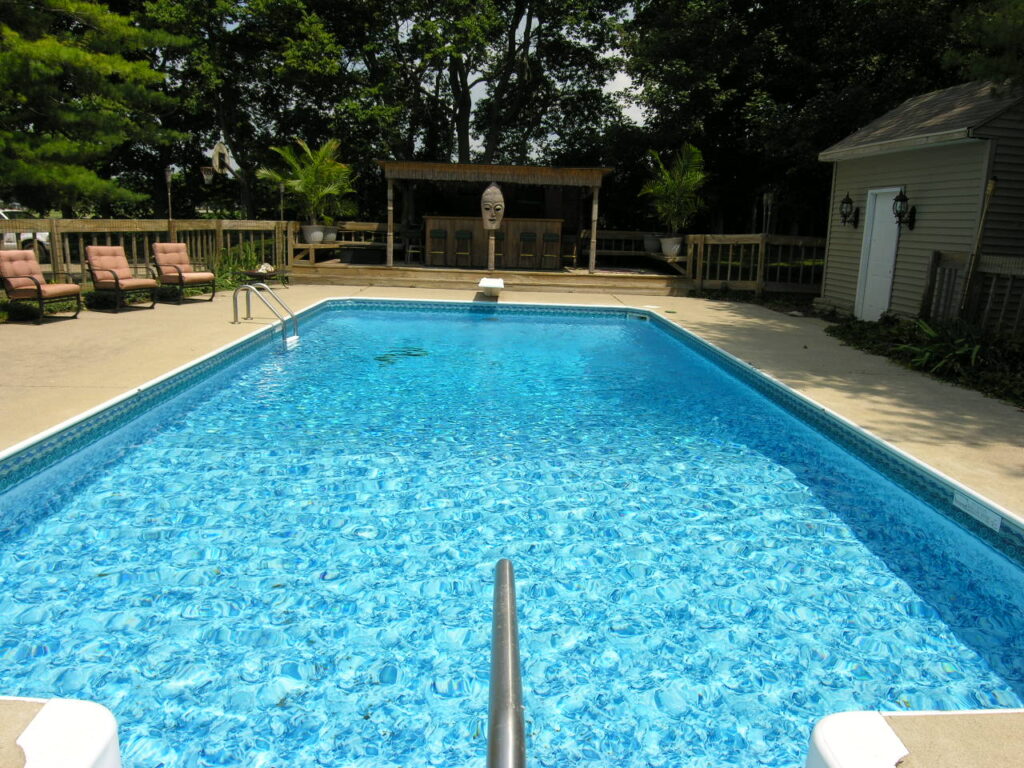
After cleaning, fixing, and refilling, the next step involves testing the water. Take a small sample to the local swimming pool store for a professional assessment. They will test the pH, alkalinity and mineral content, and chlorine levels. Afterward, they will recommend the chemicals that need adjusting, and by how much.
Alternatively, you can purchase DIY testing kits. They usually come in the form of strips that you dip in the water. After dipping, hold them against a color chart to see the chemical composition of your pool’s water. This is an excellent resource for measuring pH and chlorine levels regularly.
Balance the Chemicals
The last step in pool preparation is balancing the chemicals. Although some chemistry knowledge is useful for this task, you don’t have to be an expert.
First, the pH should range between 7.2 and 7.4. If it is too high, use soda ash to increase it. If it is lower than recommended, apply sodium bisulfite or muriatic acid to decrease it.
The recommended alkalinity range is 80 to 120. Alkalinity helps maintain pH levels. This is why the same compounds used for regulating pH are used in controlling it.
Chlorine helps keep your pool water clean. However, it can cause itchiness when applied in high concentrations. Furthermore, its potency reduces over time, especially if your pool is not covered.
The best way to prevent the sun from reducing your chlorine’s potency is by purchasing tablets made using cyanuric acid. However, these tablets can corrode metallic parts of your pool, such as the filter and heat exchanger.
Conclusion
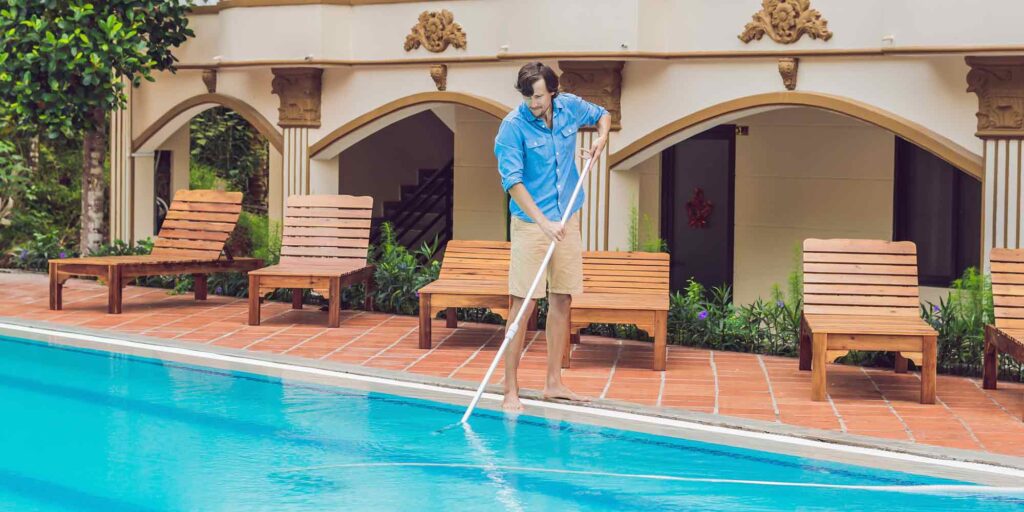
After implementing the steps mentioned above, wait for the water to clear before taking a plunge. As you wait, ensure that the chlorine levels are right and that the filter is running. More importantly, cover the pool to prevent leaves and other debris from undoing your work.
If all this work tires you too much, you should consider hiring a professional pool cleaning service. This is also a good idea if you’re a first-time pool owner and have 0 experience in how to clean it. Just pay close attention to what they do, and replicate next year.

